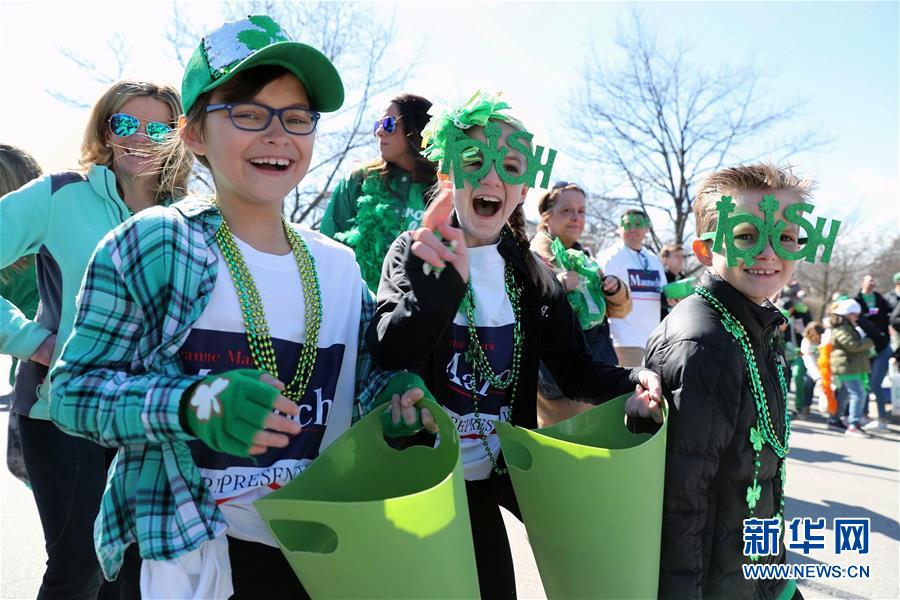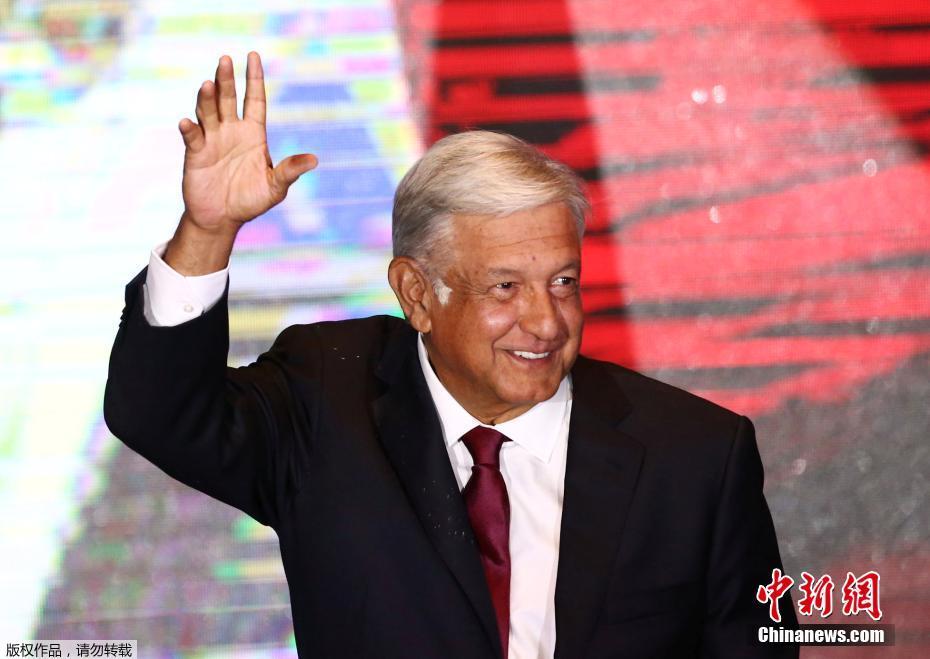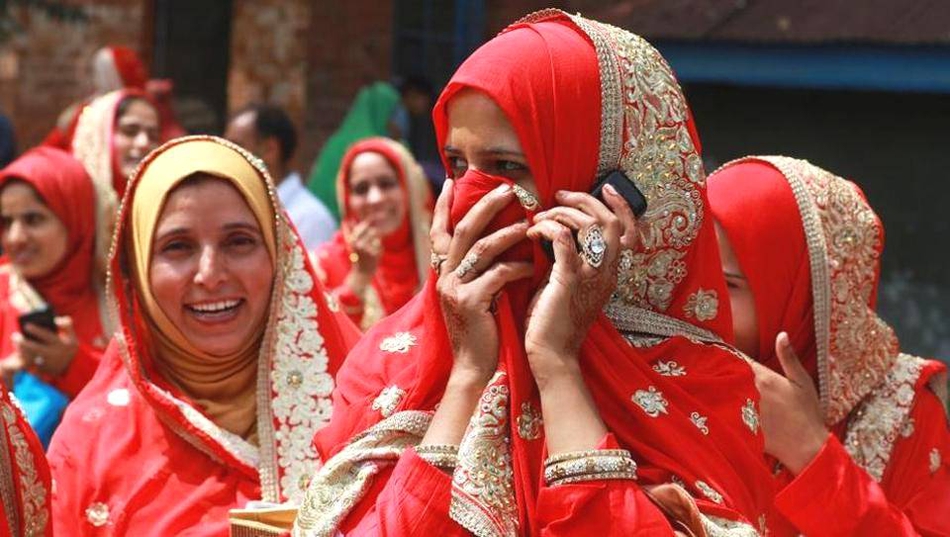【】
Larry Harvey, the co-founder of the Burning Man festival who grew it from an event on a San Francisco beach to a desert arts festival of global significance, died Saturday. He was 70.
Harvey had been hospitalized after a stroke on April 4, and had remained in critical condition. "Though we all hoped he would recover, he passed peacefully this morning at 8:24am in San Francisco, with members of his family at his side," wrote Burning Man CEO Marian Goodell in the organization's official announcement.
SEE ALSO:Burning Man Isn't What You Think, and Never Has BeenHarvey's story has already passed into countercultural legend. A former landscape gardener and carpenter, he and his friend Jerry James decided to burn a large wooden figure of a man on San Francisco's Baker Beach in 1986.
The Burning Man event, repeated annually, began to draw exponentially increasing numbers of attendees -- so many that Harvey and friends needed a new location where it could grow relatively unchecked by authorities. In 1990 they found one in the Black Rock Desert of Nevada, and the week-long extravaganza of Burning Man began.
Much of the event's energy in those early years was provided by the Cacophony Society, a culture-jamming collective of California artists. But it was Harvey who became the face and the driving force behind Burning Man's expansion. After a particularly anarchic version of the festival in 1996, in which one participant ran his car over a number of people in tents, Harvey oversaw Burning Man's transformation into Black Rock City -- a temporary urban environment with roads, gas lamps and an army of volunteers.
Harvey was a self-educated deep thinker who would never use one word where a paragraph would do. He was often to be found delivering lectures and giving interviews, his signature cowboy hat never far from his head. But that ceaseless brain provided the philosophy and principles that made Burning Man what it is today -- a year-round global network with 85 official regional events on six continents.
He insisted that the event resist commercialization, so that even now, with around 70,000 regular annual attendees, the only things you can buy with actual money at Burning Man are ice and coffee. He balanced the "radical self reliance" needed to survive in the harsh desert environment with a "gift economy" culture -- encouraging participants to offer goods and services freely to others in the name of community.
Harvey insisted that everyone think of themselves as a participant and a provider; at Burning Man, there were to be "no spectators." Indeed, the volunteerism rate at Black Rock City -- roughly 70% of attendees get involved with one of the events' many sub-organizations such as the Lamplighters or the Department of Public Works -- has amazed the urban planners and city managers who made the pilgrimage.
Burning Man's fame soon far outgrew the numbers who made the actual trek to Black Rock. In particular, Silicon Valley took to the event with a vengeance. Elon Musk and Jeff Bezos were regular attendees. Google founders Sergey Brin and Larry Page were not only enthusiastic Burners themselves, but chose their CEO, Eric Schmidt, because he was the only candidate who had been to Burning Man.
SEE ALSO:Make Burning Man suck again!Harvey allowed and accommodated the increasing number of celebrities (such as Kanye West and Katy Perry) to attend. He weathered storms of grumbles from old-time Burners over the "turnkey" camps that accommodated the rich, pointing out that only 2 percent of attendees were members of society's wealthiest 1 percent. He soothed the event's constant conflicts with its landlords at the Bureau of Land Management, and encouraged the artists whose work has spread out from the festival, now installed in locations such as Las Vegas and the San Francisco Bay Bridge.
But his mind was forever on the philosophy behind the event and the good it could do in the world at large. Burning Man was never just a party or an arts festival to Harvey; it was what anarchists call a Temporary Autonomous Zone, a space to try different ways of living, that would inspire change back in the "default world." Harvey called Burning Man a "hundred year movement," and felt that regional events known as "burns" would soon overtake the need for one central Burning Man.
And still it grew.
Every year Harvey designated a theme for the event -- from the simple ("Floating World," a nod to the prehistoric lake bed of Black Rock) to the historical ("Da Vinci's Workshop") to the obscure ("Caravansary"). Some themes were more successful than others, but they all inspired jaw-dropping art and playfully improvised theme camps.
Harvey had initially set up Burning Man as a private corporation -- one that began to take in more than $10 million in annual ticket revenue. (Its expenditure often matched that, not least because the BLM kept raising its land use fees). Facing down criticism on this front, Harvey turned the organization into a nonprofit. He ceded day-to-day management to Goodell, his dear friend and colleague for 22 years, and designated himself Chief Philosophical Officer. A sign above his office door read "Larry Harvey does not exist."
But he did. He most definitely did, and he changed the lives of hundreds of thousands of people who have attended the event and found it to be transformational.
"Larry Harvey had an idea and because of that idea my life changed forever," wrote one attendee on Facebook who first got together with her husband at the event. "That idea brought me dozens of amazing friends from across the globe, obscene amounts of fun, broken bones, an empty wallet, dreadful over-confidence, desert survival skills (sometimes), the ability to cook dinner for 50 people in tent in a sandstorm, some beautiful corsets, a half-share in a lock-up garage in Reno, camping kit that's eternally full of gypsum, and the love of my life."
Harvey is survived by a son, a brother, a nephew, and a hundred-year movement.
相关文章
 Fiji's men's rugby sevens team has made history by defeating Great Britain and claiming the country'2025-06-02
Fiji's men's rugby sevens team has made history by defeating Great Britain and claiming the country'2025-06-02
Burger King Russia apparently invented its own silly digital currency called Whoppercoin
Burger King Russia is apparently getting into the cryptocurrency game -- sort of.The chain has repor2025-06-02
Custom Nintendo Switch stand turns the console into a mini arcade cabinet
People with 3D printers make the world a fun, wonderful place.An engineer who goes by "ConcaveChest"2025-06-02
Apple might have finally scheduled the day it will unveil the iPhone 8
Apple has reportedly settled on the date for its highly anticipated fall keynote where we'll finally2025-06-02
Pokémon Go is so big that it has its own VR porn parody now
Behind every great entertainment property there's a cheekily named porn parody. Super Hornio Bros. G2025-06-02
Congrats are in order: Malala was just accepted into Oxford
Malala Yousafzai — Nobel Prize-winning activist and bright light in the darkness of 2017 Twitt2025-06-02

最新评论